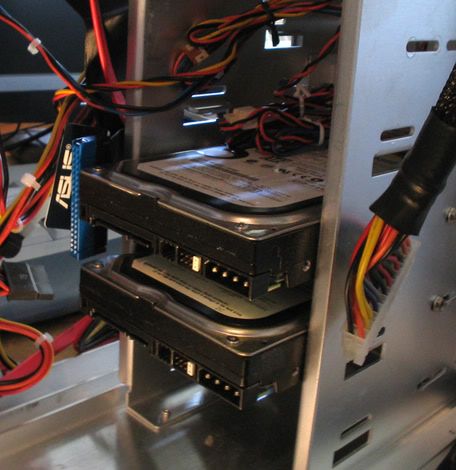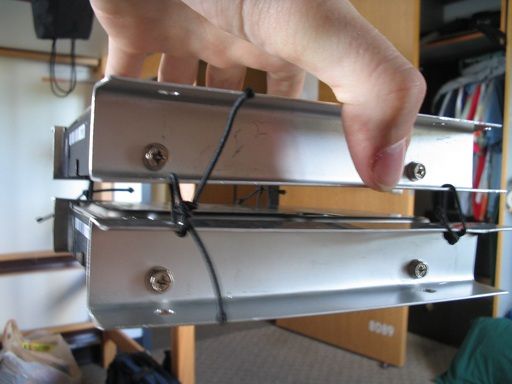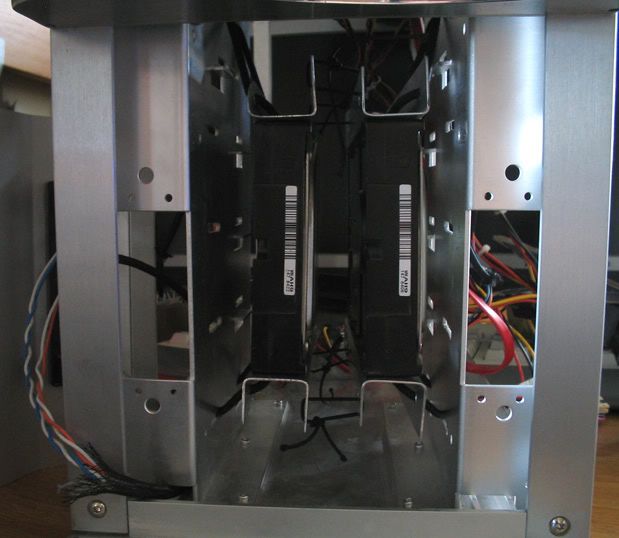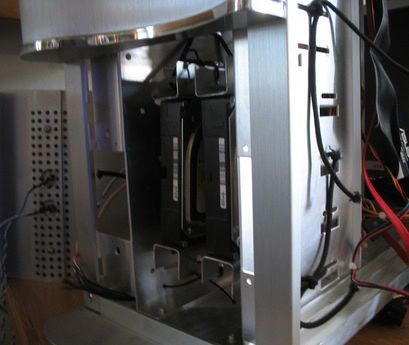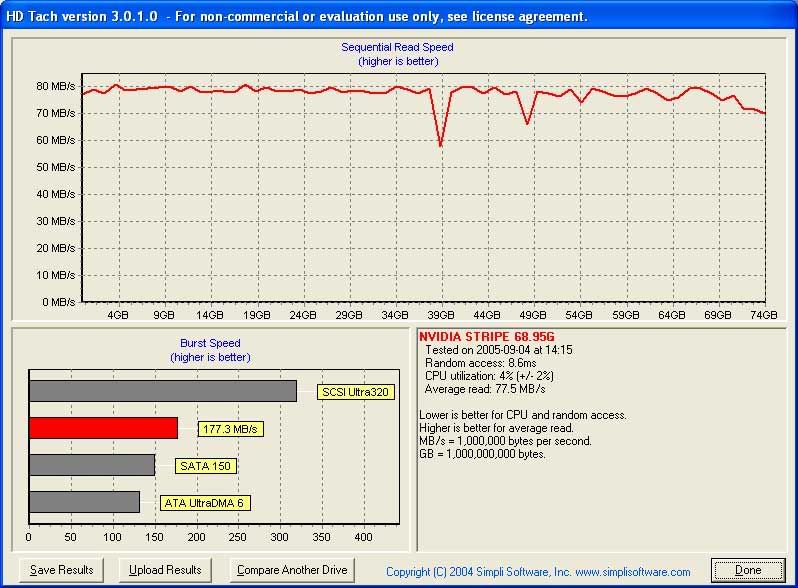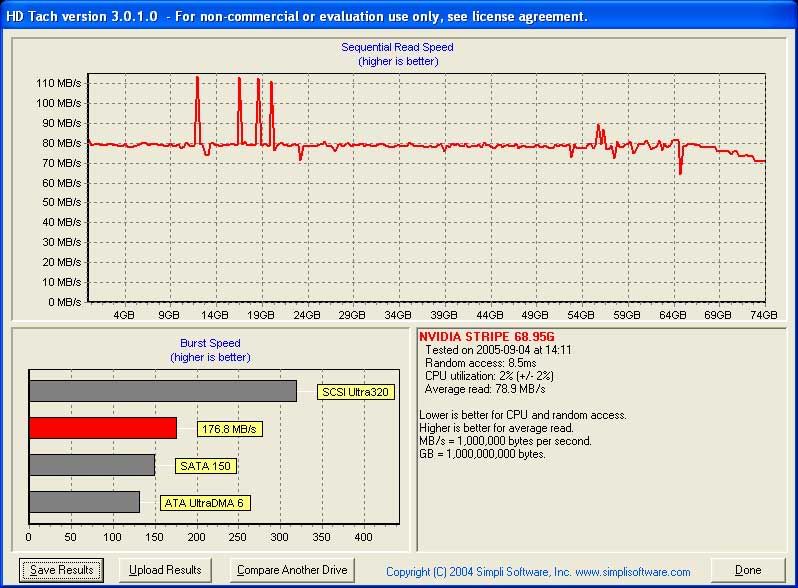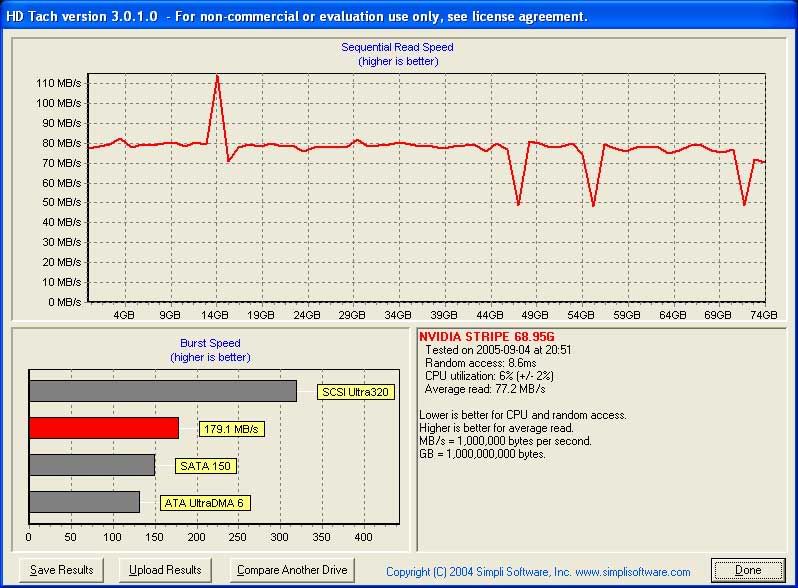Waffles730
Limp Gawd
- Joined
- May 31, 2005
- Messages
- 136
Hey all, I want to mount a couple of my hard drives vertically. I plan on suspending them to get rid of a bit of the noise. My question is if mounting vertically instead of the traditional horizontal position would harm the drives. I know SCSI disks in servers are frequently mounted vertically and normally that would convince me of it being fine, but I did a quick google and found people mentioning it might matter which side the drive was tipped to.
I would be mouting 2 Raptors and a Maxtor 80 and WD 160 gig IDE drives that way. Any thoughts or links you could point me to?
Thanks!
-Dan
I would be mouting 2 Raptors and a Maxtor 80 and WD 160 gig IDE drives that way. Any thoughts or links you could point me to?
Thanks!
-Dan
![[H]ard|Forum](/styles/hardforum/xenforo/logo_dark.png)
